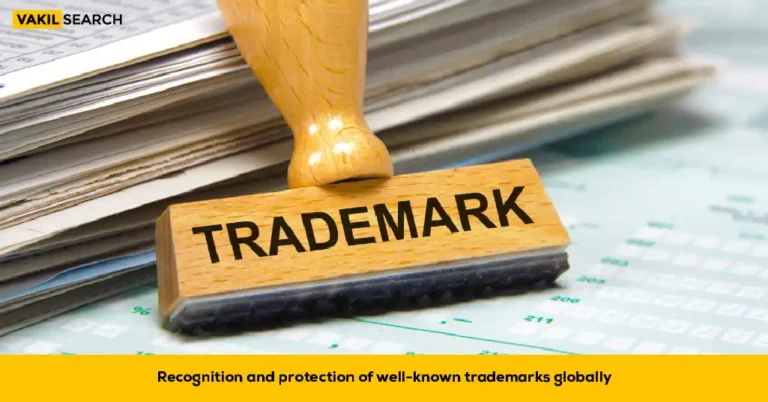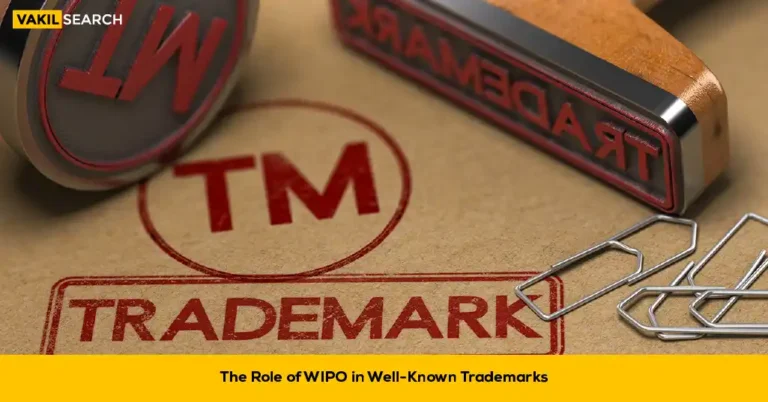Delve into trademark protection and enforcement, as we cover everything from legal measures, anti-counterfeiting efforts, litigation, cease and desist actions to intellectual property rights, and resolution of domain name disputes in this short guide.
In the ever-evolving landscape of intellectual property (IP) rights, trademarks stand as vital assets for businesses, serving to distinguish their goods and services from those of competitors and fostering brand loyalty among consumers. While all trademarks are subject to legal protection, well-known trademarks enjoy heightened recognition and safeguards due to their extensive reputation and distinctiveness. However, ensuring the protection and enforcement of these valuable assets presents unique challenges and requires a multifaceted approach.
In this comprehensive guide, we will explore the intricacies of protecting and enforcing well-known trademarks, covering legal tools, enforcement strategies, international mechanisms, challenges, case studies, best practices, and future directions.
Introduction to Protection and Enforcement
Effective protection and enforcement of trademarks are essential for preserving brand identity, reputation, and market share. Trademark protection involves securing exclusive rights to use a mark in connection with specific goods or services, while enforcement entails taking legal action against infringers or unauthorized users. Well-known trademarks, characterized by their widespread recognition and reputation, require robust protection and enforcement to safeguard against infringement, dilution, and counterfeiting.
Legal Tools for Protecting Well-Known Trademarks
Several legal mechanisms exist to protect well-known trademarks, including:
- Trademark Registration: Registering a mark with the relevant authorities provides prima facie evidence of ownership and exclusive rights, facilitating enforcement actions against infringers.
- Trademark Watch Services: Monitoring services track new trademark filings and applications for marks similar to well-known trademarks, enabling prompt action to prevent potential infringement.
- Cease and Desist Letters: Sending formal notices to infringers demanding cessation of unauthorized use can often resolve disputes without resorting to litigation.
- Trademark Litigation: Pursuing legal action through civil litigation or administrative proceedings allows trademark owners to seek remedies such as injunctions, damages, and seizure of counterfeit goods.
- Customs Recordation: Recording trademarks with customs authorities enables the interception and seizure of counterfeit goods at borders, preventing their entry into the market.
Strategies for Enforcement
Effective enforcement of well-known trademarks requires a proactive and strategic approach, including:
- Monitoring and Surveillance: Regular monitoring of the market and online platforms helps identify instances of infringement, counterfeiting, and unauthorized use.
- Targeted Enforcement Actions: Prioritizing enforcement efforts based on the severity of infringement and potential impact on brand reputation and revenue.
- Collaboration with Authorities: Working closely with law enforcement agencies, customs authorities, and regulatory bodies to coordinate enforcement actions and share intelligence.
- Public Awareness Campaigns: Educating consumers, businesses, and stakeholders about the importance of trademarks and the consequences of infringement helps deter unauthorized use and counterfeiting.
- Leveraging Technology: Utilizing advanced technologies such as artificial intelligence and data analytics to streamline monitoring efforts and identify emerging threats.
International Enforcement Mechanisms
Given the global nature of commerce and the proliferation of online platforms, enforcing well-known trademarks across borders presents complex challenges. International enforcement mechanisms include:
- International Treaties and Conventions: Treaties such as the Paris Convention and the Agreement on Trade-Related Aspects of Intellectual Property Rights (TRIPS) establish standards for trademark protection and enforcement among member countries.
- Mutual Legal Assistance: Bilateral and multilateral agreements facilitate cooperation between countries in investigating and prosecuting cross-border trademark infringements.
- Regional Intellectual Property Offices: Regional IP offices, such as the European Union Intellectual Property Office (EUIPO) and the African Intellectual Property Organization (OAPI), provide mechanisms for registering and enforcing trademarks across multiple jurisdictions.
- Online Brand Protection Platforms: Collaborating with online platforms and marketplaces to combat counterfeiting and infringement through takedown notices, brand protection programs, and seller verification processes.
Challenges in Protection and Enforcement Trademarks
Despite the availability of legal tools and enforcement strategies, several challenges persist in protecting and enforcing well-known trademarks, including:
- Jurisdictional Issues: Navigating the complexities of jurisdictional laws and procedures, especially in cases involving multiple countries and legal systems.
- Online Infringement: Addressing the proliferation of online infringement, including cybersquatting, domain name abuse, and unauthorized use of trademarks on social media platforms and e-commerce websites.
- Counterfeiting: Combating the production and distribution of counterfeit goods, which pose significant threats to brand integrity, consumer safety, and revenue streams.
- Resource Constraints: Dealing with resource constraints, including limited budgets, manpower, and expertise, particularly for small and medium-sized enterprises (SMEs) with limited IP protection capabilities.
- Emerging Threats: Adapting to emerging threats such as deepfakes, AI-generated content, and virtual reality, which challenge traditional enforcement methods and require innovative solutions.
Successful Case Studies
Examining successful cases of trademark protection and enforcement provides valuable insights into effective strategies and best practices. Case studies may include landmark legal decisions, successful enforcement actions against counterfeiters, and collaborative initiatives between brands and authorities to combat infringement.
To know more, reach out to our experts right away!
Best Practices for Trademark Holders
To enhance the protection and enforcement of well-known trademarks, trademark holders should adopt the following best practices:
- Proactive Brand Management: Develop comprehensive brand management strategies, including trademark portfolio management, brand monitoring, and enforcement protocols.
- Continuous Monitoring: Implement regular monitoring and surveillance mechanisms to detect infringement and counterfeiting activities promptly.
- Strategic Partnerships: Forge partnerships with legal experts, enforcement agencies, industry associations, and technology providers to strengthen enforcement efforts and share resources.
- Investment in Technology: Leverage advanced technologies such as AI, blockchain, and machine learning to enhance monitoring capabilities and streamline enforcement processes.
- Education and Awareness: Educate employees, stakeholders, and consumers about the importance of trademarks, IP rights, and the consequences of infringement through training programs, outreach campaigns, and public awareness initiatives.
Conclusion and Future Directions
Protection and Enforcement well-known trademarks is a multifaceted endeavor that requires a combination of legal, technological, and collaborative efforts. As the global marketplace continues to evolve, trademark holders must remain vigilant and adaptable in addressing emerging threats and challenges.
By leveraging legal tools, enforcement strategies, international mechanisms, and best practices outlined in this guide, trademark holders can safeguard their valuable assets, preserve brand integrity, and maintain a competitive edge in an increasingly competitive environment.
Looking ahead, continued innovation, collaboration, and cooperation among stakeholders will be essential to ensure effective protection and enforcement of well-known trademarks in the digital age.










